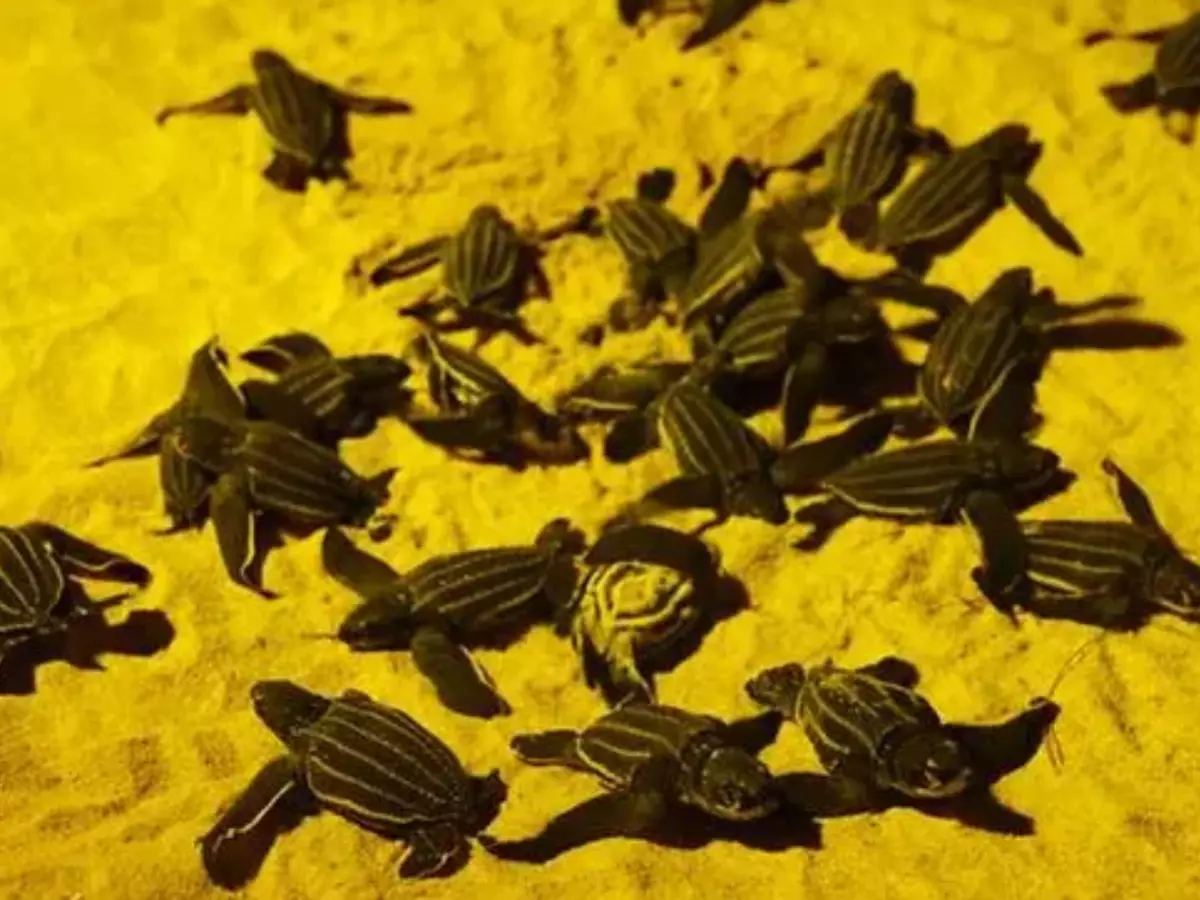Largest Number Of Leatherback Sea Turtle Nests In 20 Years, Found On Deserted Thailand Beaches
Thailand has discovered the largest number of rare leatherback sea turtles on its now-empty beaches in 20 years. The 11 turtle nests authorities have found since last November were the highest number in two decades. The tourism has collapsed but freed up the beaches for WL Leatherback is the largest sea turtles endangered in Thailand.

After two decades, Thailand has discovered the largest number of nests of rare leatherback sea turtles on its now-empty beaches.
According to Reuters, the 11 turtle nests authorities have found since last November, were the highest number in 20 years, said Kongkiat Kittiwatanawong, the director of the Phuket Marine Biological Centre.
 Reuters
Reuters
¡°This is a very good sign for us because many areas for spawning have been destroyed by humans,¡± he said. No such nests had been found for the previous five years.
¡°If we compare to the year before, we didn¡¯t have this many spawn, because turtles have a high risk of getting killed by fishing gear and humans disturbing the beach.¡±
Susanta Nanda of the Indian Forest Service tweeted a video of leatherback turtles with the caption, '11 leatherback turtle nests for the first time in two decades in deserted Thai beaches. The tourism has collapsed but freed up the beaches for WL. Leatherback is the largest sea turtles, endangered in Thailand. Listed as vulnerable by IUCN'.
11 leatherback turtle nests for the 1st time in 2 decades in deserted Thai beaches.
¡ª Susanta Nanda IFS (@susantananda3) April 20, 2020
The tourism has collapsed, but freed up the beaches for WL.
Leatherback is the largest sea turtles, endangered in Thailand. Listed as vulnerable by IUCN. pic.twitter.com/0Lokk7a0nA
Leatherbacks are the world¡¯s largest sea turtles. They are considered endangered in Thailand, and listed as a vulnerable species globally by the International Union for Conservation of Nature.
They lay their eggs in dark and quiet areas, which were scarce when tourists thronged the beaches. People have also been known to dig into their nests and steal eggs.
 Reuters
Reuters
Late in March, staff at a national park in the southern province of Phanga Nga, bordering the Andaman Sea, found 84 hatchlings after monitoring the eggs for two months.
All inputs: Reuters
